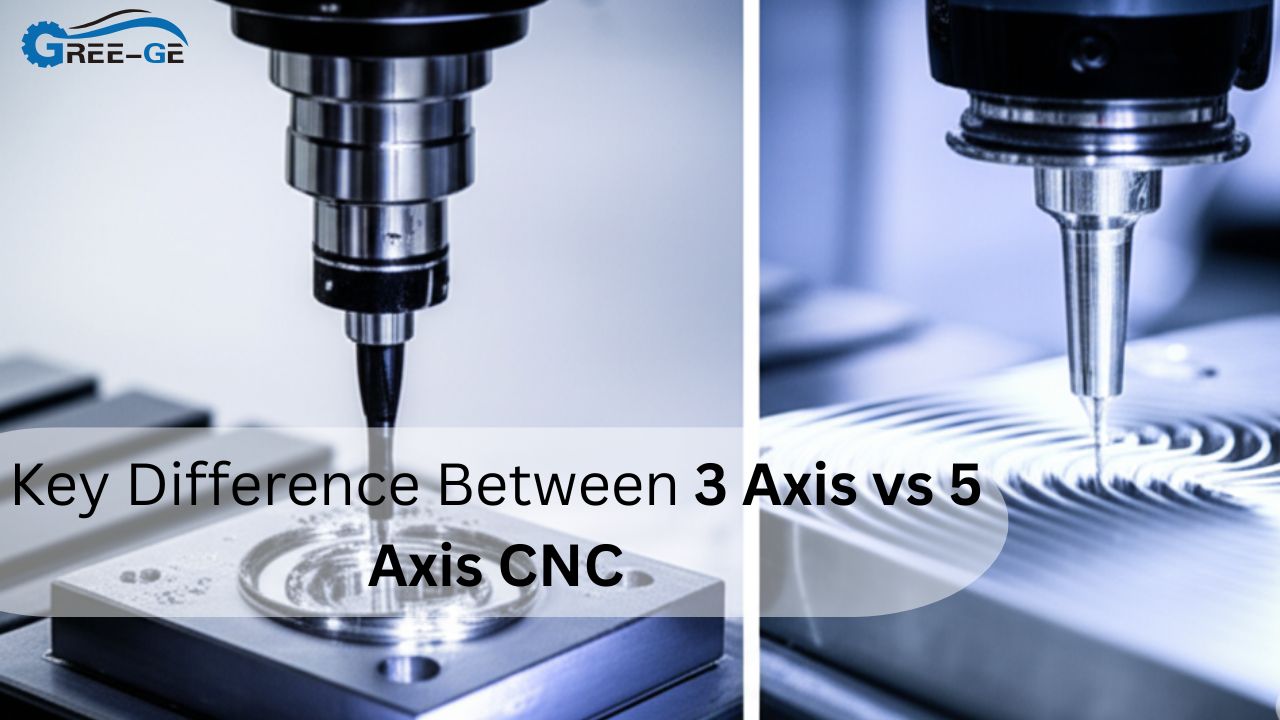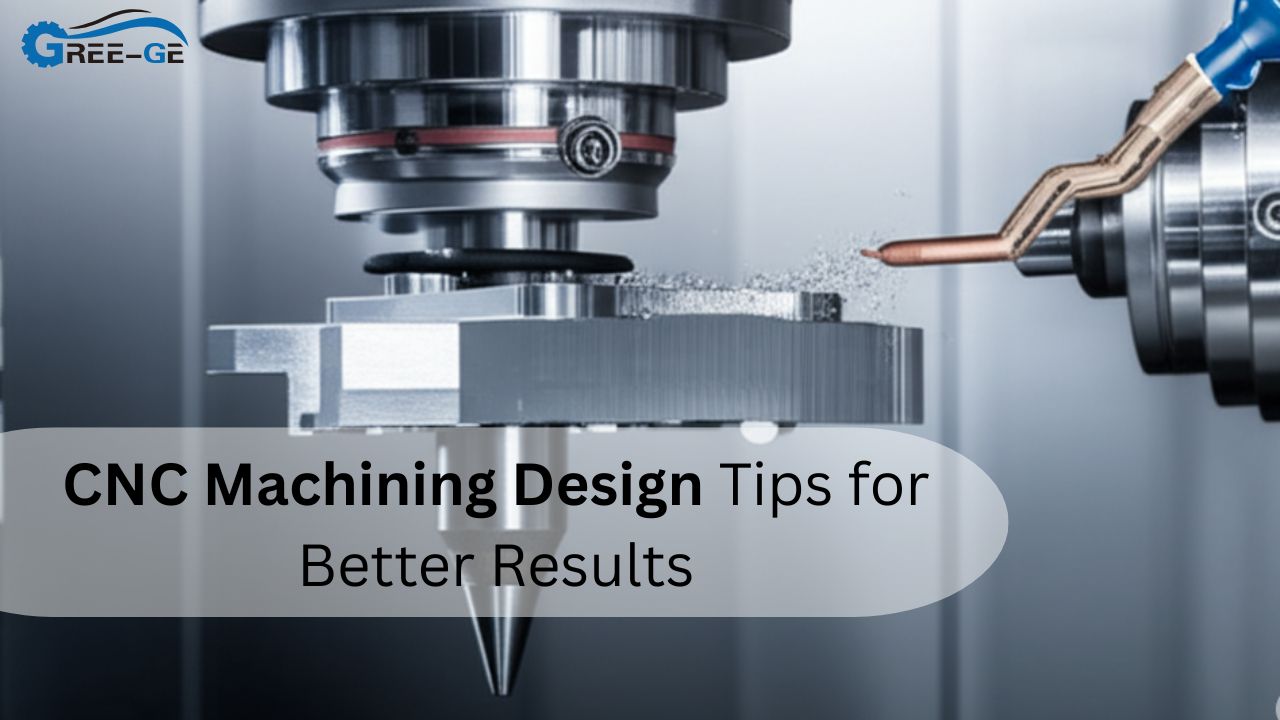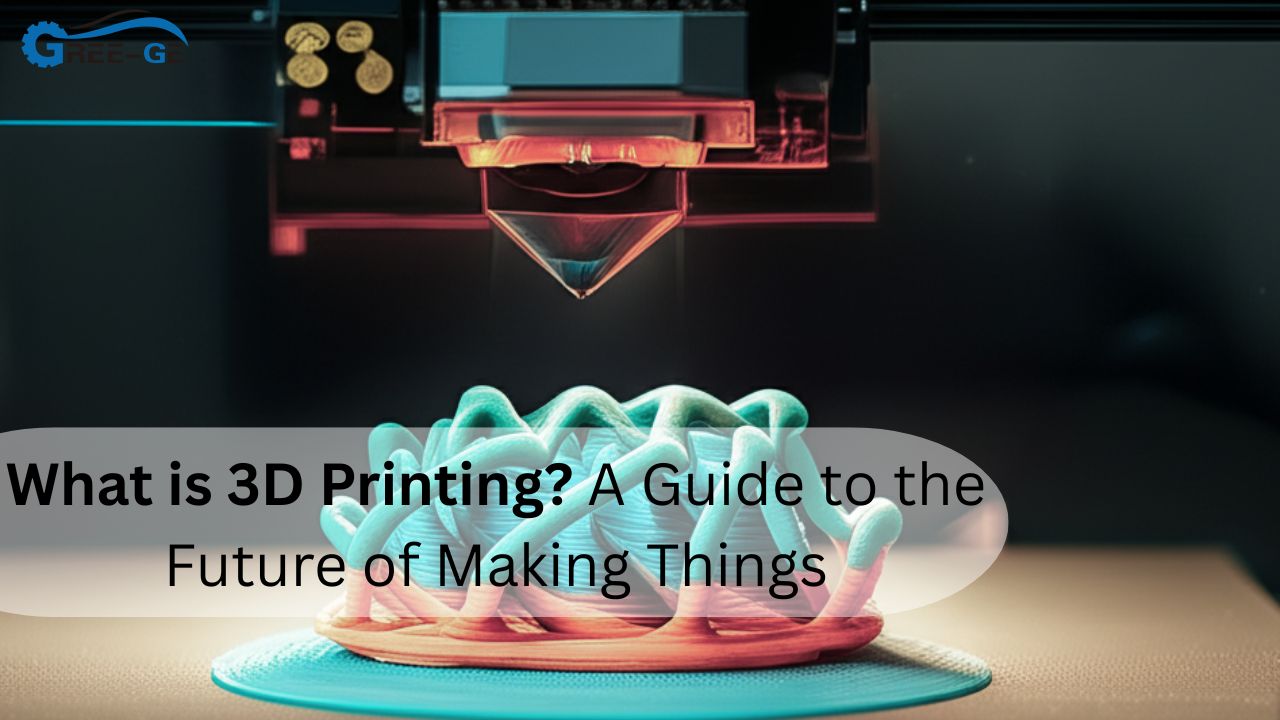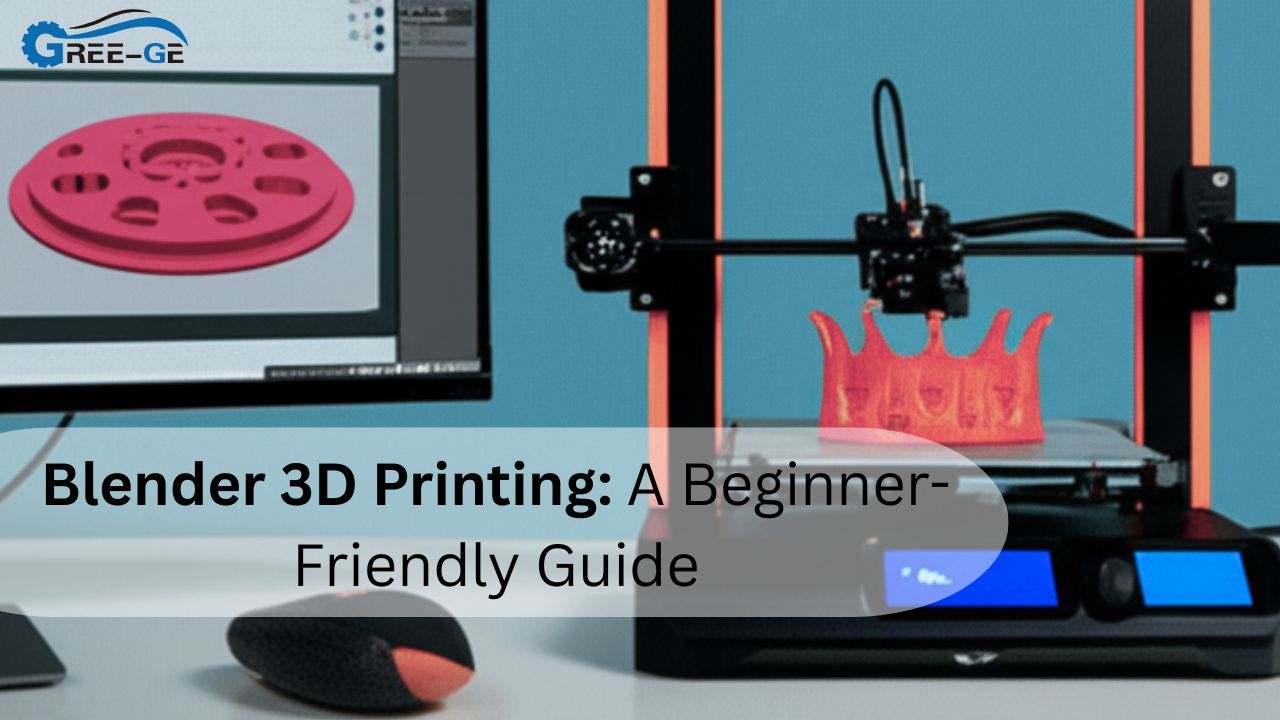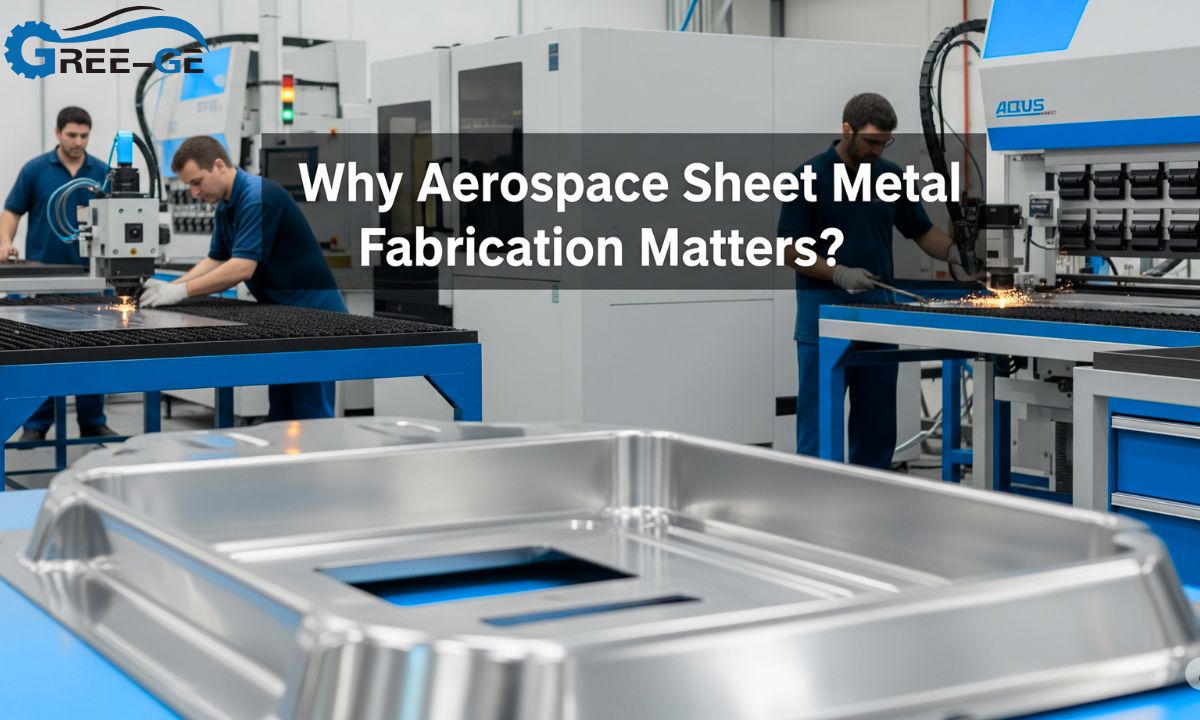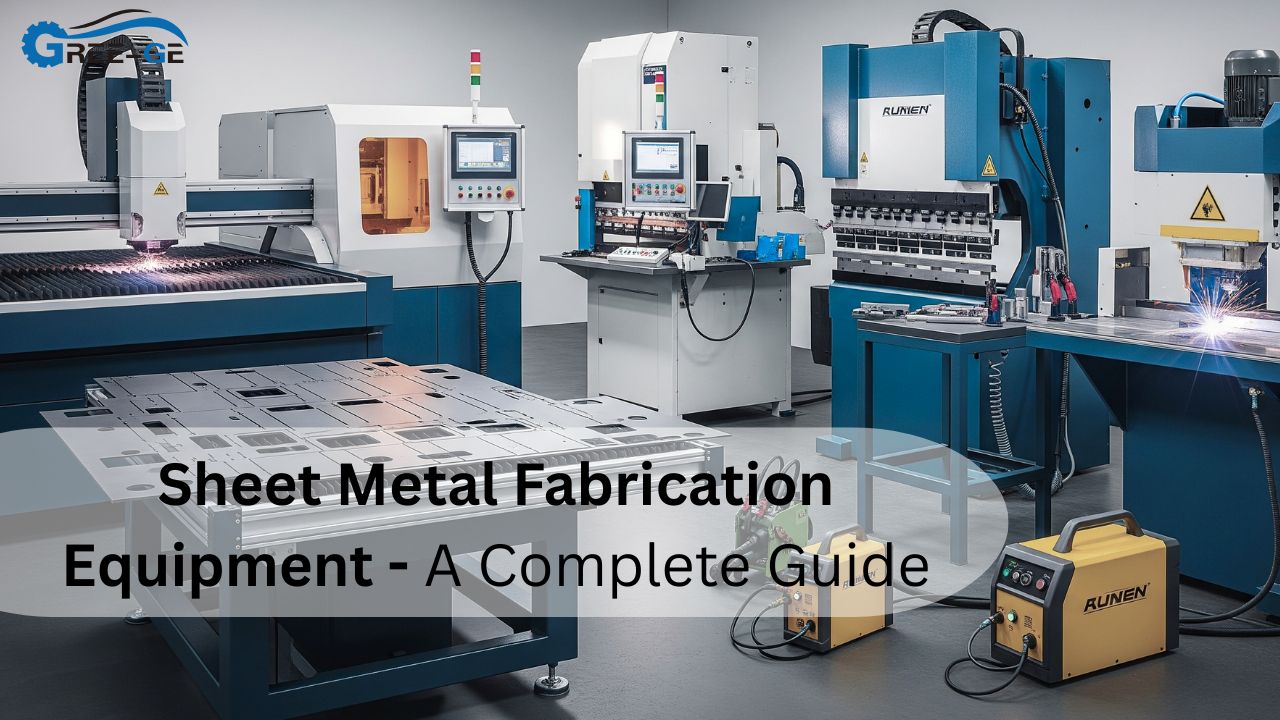Bronze is that old-school, reddish-gold alloy you see in ancient statues and fancy door handles—but did you know it’s also a modern workhorse? If you’ve been scratching your head about CNC machining bronze, you’re not alone. Maybe you need a batch of wear-proof bushings, or you’re curious why boat propellers gleam instead of rust. Either way, you’re here because you want a clear, no-nonsense answer.
To machine bronze like a pro, you need three things:
- Pick the right bronze grade for strength and lubricity.
- Dial in carbide tools, modest speeds, and plenty of coolant.
- Partner with a shop experienced in high-volume CNC machining of non-ferrous alloys.
In this guide, we’ll break down the entire journey—from bronze basics and machine settings to handy design hacks, supplier tips, and real-world applications. Stick around; by the end, CNC machining bronze will feel as familiar as tightening a jar lid.
CNC Machining Bronze : Why This Alloy Punches Above Its Weight
Bronze isn’t just copper’s shiny cousin; it’s a family of alloys, each optimized for something special—think self-lubricating bearings, anti-spark tools, and ship propellers that scoff at seawater.
Composition And Grades
Tin bronze, aluminum bronze, and phosphor bronze each mix copper with elements that boost hardness, corrosion resistance, or springiness. Selecting the grade is the first design decision.
Mechanical Properties
Bronze combines moderate strength with natural lubricity. Its low friction coefficient means parts glide instead of grind, making it perfect for sleeve bearings and worm gears.
Why Machinists Love Bronze
Compared with steel, bronze chips curl cleanly and rarely work hard. Tool life improves, and surface finishes reach mirror-like levels without heroic polishing.
How CNC Machines Tackle Bronze (Process Overview)
When a programmer loads your model into CAM software, the digital magic begins. The tool paths, feeds, and rapid moves tell a CNC milling machine or turning center exactly where to dance. Bronze chips fly, coolants splash, and your design transforms from bar stock to masterpiece. Along the way, probes verify dimensions so you aren’t stuck with scrap.
Info Box: Bronze chips are recyclable and fetch a decent price—don’t throw them out!
Tool Selection And Cutting Parameters
Sharp carbide inserts with positive rake are the MVPs here. Start around 120 m/min surface speed, feed 0.15 mm per rev, and adjust until the chips are gold, not blue. High-pressure coolant keeps temperatures low, preventing built-up edge on the tools. Remember, the parts of CNC machine that matter most—spindle, turret, and coolant pump—should all work in harmony.
Quick Tip: If chip welding appears, drop the speed by 10 %, bump up the feed 10 %, and watch them break cleanly.
Coolant And Lubrication Best Practices
Bronze likes it wet. A water-soluble oil with 8–10 % concentration prevents staining and lowers tool friction. On CNC metal cutting machines, through-spindle coolant is ideal; flood coolant is the next best thing. Mist systems work for light finishing passes, but skip them for roughing heavy stock.
Suggestion Box: Add a rust inhibitor to the coolant sump if steel jobs share the same machine.
Common Challenges When Cutting Bronze
Bronze may lull you into a false sense of security—until chatter ruins a flawless finish. Keep the tool overhang short and use vibration-damping holders. Long-stringy chips? Step over less than half the tool diameter to force chip breakage.
Danger Box: Bronze dust is combustible—never run dry cuts without extraction or vacuum.
Advantages Of CNC Machining Bronze Components
| Advantage | Why It Matters | Typical Benefit |
|---|---|---|
| Natural lubricity | No extra grease needed | Longer bearing life |
| Corrosion resistance | Withstands seawater, acids | Reliable outdoor parts |
| Anti-sparking | Safe in explosive zones | Ideal for oil & gas tools |
| Wear resistance | Low galling | Smoother motion |
Beyond the table, remember that CNC machining bronze delivers tight tolerances quickly—perfect for prototypes and production alike.
Fact Box: Bronze bearings can survive up to 200 °C before losing hardness.
Designing For Manufacturability
Generous radii (≥ 1 mm) let end mills sing, and consistent wall thickness prevents warping. Aim for standard metric sizes so bars and CNC tube cutting machine are easy to source. When you lay out the parts of CNC machine for setup, orient bores vertically—gravity helps chips evacuate and protects the surface finish.
High-Volume CNC Machining Of Bronze Parts
If you need 10,000 bushings a month, automation is your friend. Pallet pools feed lathes non-stop, and bar feeders shave setup times. Lights-out, high volume CNC machining of bronze is entirely feasible; shops like Gree Gee prove it daily, with OEE (Overall Equipment Effectiveness) hovering above 85 %.
Warnings Box: Poor scheduling is the main killer of throughput—always align material deliveries with machine uptime.
Key Industries Using CNC Machined Bronze
Marine giants rely on propellers that scoff at salt spray, while aerospace firms value bronze bushings for hydraulic actuation. In arts and architecture, CNC sculpts bring intricate bronze facades to life. Firearms, oil & gas, renewable energy—each stakes its reputation on the durability of CNC machining bronze components.
Choosing A Reliable Supplier
A solid vendor checklist:
- ISO 9001 certification (proof of process control)
- Real-time SPC charts on CNC metal cutting machines
- Experience with tin and aluminum bronze
- Transparent lead times and DFM feedback
Gree Gee ticks these boxes alongside global names like Protolabs and Fictiv. Request sample certificates and surface-roughness logs to see the difference for yourself.
Future Trends In CNC Bronze Fabrication
Expect AI-driven tool-path optimization and additive-subtractive hybrids where 3-D printed bronze blanks finish on a CNC milling machine. Inline metrology and digital twins will slash scrap rates further. As sustainable production tightens regulations, recyclable alloys give CNC machining bronze an eco-friendly edge.
Conclusion
Bronze might be thousands of years old, yet it still solves twenty-first-century problems. From lubricious bearings to anti-spark tools, CNC machining bronze unlocks performance that plain steel can’t touch. Master the right grade, feed, and coolant, team up with proven partners like Gree Gee, and watch your projects glide from CAD to reality.
FAQ
How does bronze compare with brass for machinability?
Bronze chips are cleaner and offer better wear resistance, but brass cuts faster at the cost of slightly lower strength.
How do I prevent tarnish on freshly machined bronze parts?
Rinse off coolant promptly, use a mild alkaline wash, and store parts in VCI paper or light oil.
Can I run bronze and aluminum jobs in the same coolant?
Yes, provided the coolant is non-staining and you maintain proper concentration, flush the sump if foaming occurs.
What tool coatings last longest on bronze?
Uncoated, polished carbide often outperforms TiAlN on bronze because it minimizes built-up edge.
Is bronze suitable for food-grade machinery?
Phosphor bronze meets many food-safety standards but verifies alloy cleanliness and any plating requirements.


